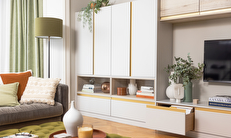
The latest living room trends for 2024
Make the most of your home with the latest living room trends for 2024. Read our blog to learn about the hottest interior design crazes right now.
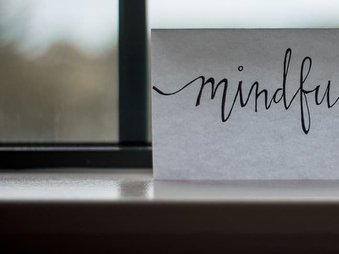
From heavy workloads to busy social calendars and financial worries, research finds that millions of us feel overwhelmed by the pressures of modern life. It can be easy to go into autopilot just to get by. But paying attention to your thoughts and the world around you could improve your mental wellbeing.
Are you intrigued yet? The ancient concept of mindfulness may be just what you need to cope with the chaos of today.
It’s based on the idea of accepting the present for what it is. If you can get it right, it could help you understand yourself better and learn to enjoy the moment. Its followers have credited it for reducing anxiety, improving focus and even providing better sleep and pain relief.
While in theory you can get started anywhere, it’s not necessarily that easy and success will vary from person to person. Learning to practice mindfulness meditation at home first may be the best way to make the habit stick. It should be your sanctuary after all; it’s a motto we live by here at Hammonds.
Here are our five simple tips on how to practice mindfulness at home.
First, try to find a quiet place to sit that feels serene and familiar. Your chosen location will ideally be free from clutter and other distractions and shouldn’t be somewhere you’re likely to be interrupted. This could be a seat at a dressing table in your well-organised bedroom, for example.
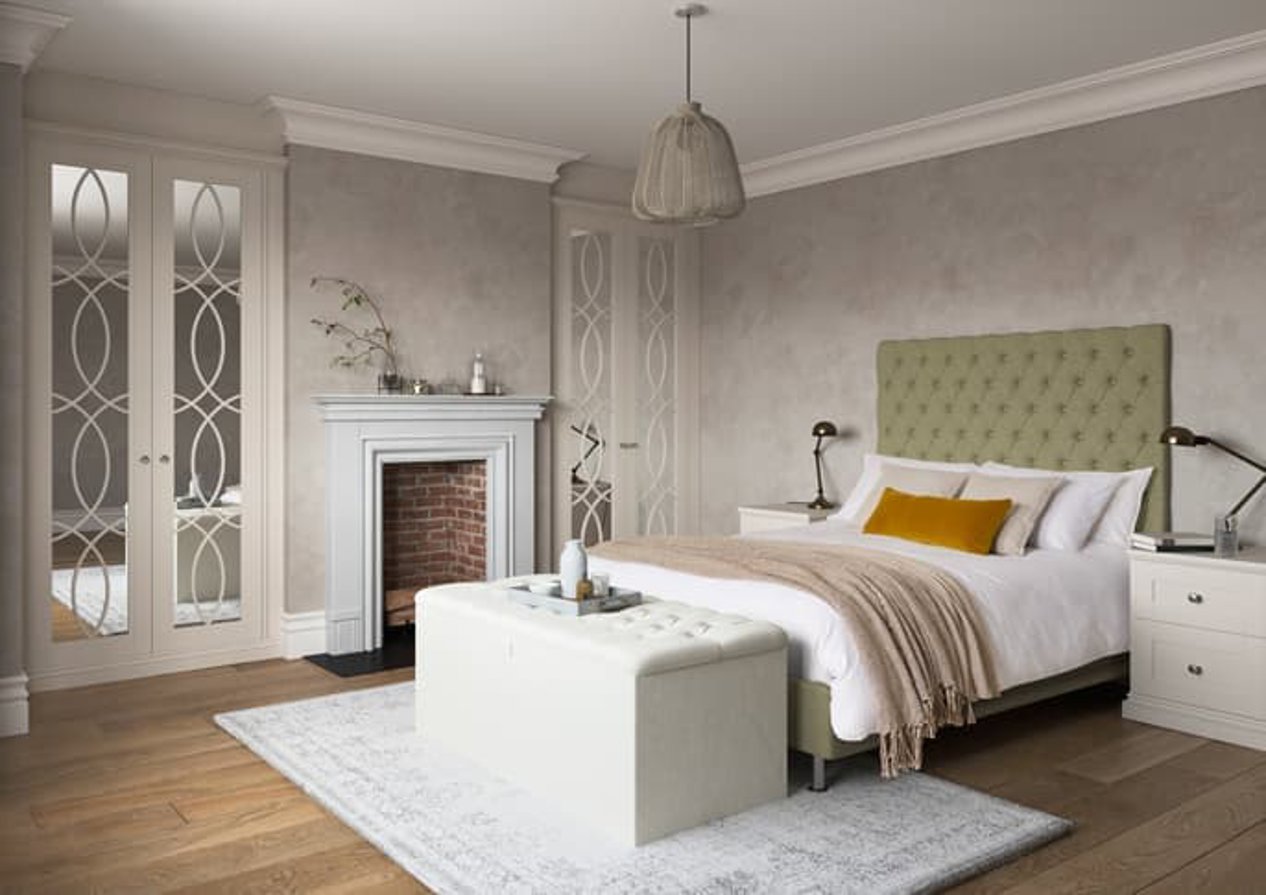
Don’t worry if you find it doesn’t quite click for you first time round. While having a reliable place to go will help to make it feel like part of your routine, it could take a few tries before you’re able to settle down. You may even want to curate a new space if nowhere jumps out at you right away.
Sit up straight on a solid, stable surface and start to take note of how your weight hangs. Comfort is important; whether you’re sat in a chair with your feet on the floor, kneeling or sat cross-legged, find a position you can easily stay in for a while. Keep your arms parallel to your body and rest your hands on your legs.
You can choose to close your eyes or just soften your gaze so as not to focus too firmly on anything in front of you. Begin to scan your body area by area from the bottom up, observing how it feels and relieving tension where possible.
With your stance all set, gradually shift your attention to your breathing. Notice its physical movements and the sensations they cause. Think about how the air around you is flowing in and out of your body. You may even want to mentally label each inward and outward breath: ‘In, out, in, and out…’.
Pay attention to how your chest rises and falls, how your stomach moves in and out and how your mouth and nose expand and contract. Try to keep your mind on your body’s movements in the here and now.
No matter how hard you try to keep it from doing so, it’s perfectly normal for your mind to wander. Don’t be hard on yourself or attempt to fight it too much; keep sitting, observe your thoughts and let them pass. Gradually bring your attention back to your breath and start again.
Keep repeating this process until it feels appropriate to lift your gaze and re-focus on your surroundings. That’s all there is to it. You may find it easier to set a time limit at first; aim for five minutes, then build your sessions out as you grow more comfortable.
Most people find it easier to stick to mindfulness meditation at home if they can make it a fixed part of their day-to-day schedule. Is there a time of day that you know you’re always likely to have a gap, such as early in the morning before everyone else is up? Or can you make time before getting ready for bed instead?
There’s no right or wrong time to practice mindfulness. Choose a slot that works for you and won’t cause you any additional stress. You could try to create a prompt such as drinking your morning coffee or putting on your pyjamas to create a connecting signal in your brain.
Are you feeling better equipped to take on the challenges of your everyday? If not, the best step you can take towards living a more mindful life is to start. Once you get into a rhythm and begin to feel the benefits, you should find that you can take its lessons into your daily life.
Whether it’s the food you eat or the sounds you pass on your commute, mindfulness has the power to engage you in the now and give you fresh perspectives. Seeing the present moment clearly could change the way you see yourself and your life for the better.
And if you need a little help creating a space for mindfulness at home, take a look at our inspiration hub for more trends and ideas.

Make the most of your home with the latest living room trends for 2024. Read our blog to learn about the hottest interior design crazes right now.
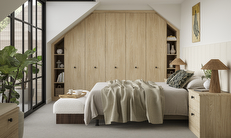
Do you have a love for the bohemian aesthetic? Take a look at our blog to learn how to transform your master bedroom into a boho haven.
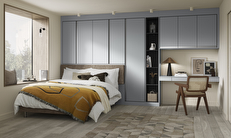
Looking for ways to make your studio apartment feel more spacious? Read our blog for advice on making the most of the space in your studio.
Whether you have an exact vision in tow, or are just at the beginning stage of your home renovation, we have heaps of inspiration for you to get stuck into.
Find a wealth of design tips, trends and inspiration in the pages of our brochure, magazine and on our blog. Our experts are always ready to help you create dream home, pop in store or book your free design visit for experts to help on bringing your vision to life.